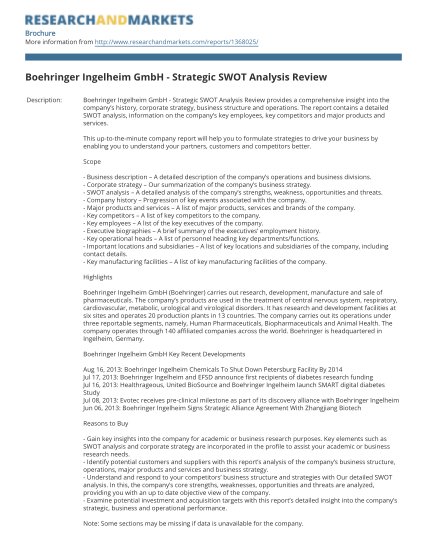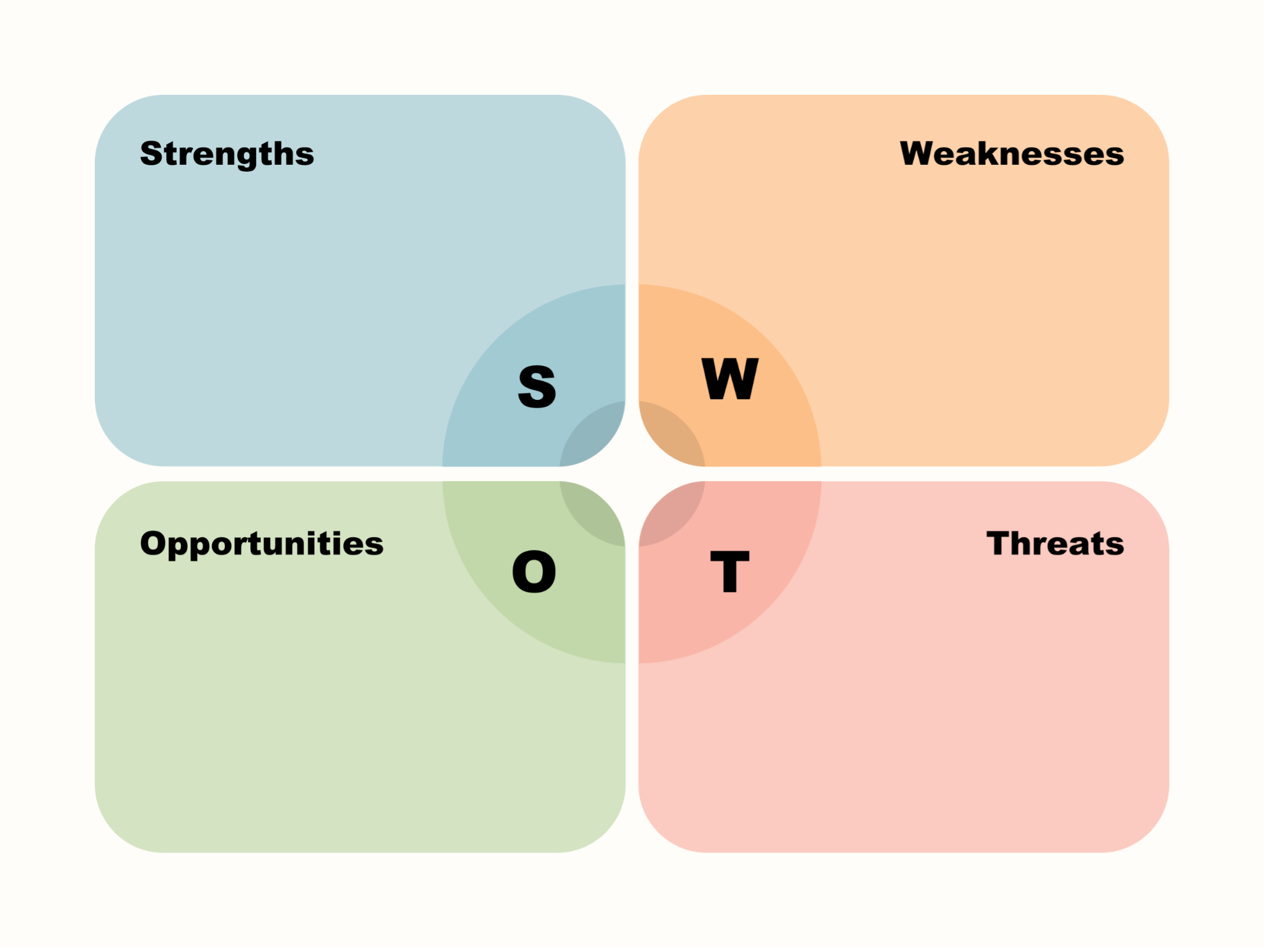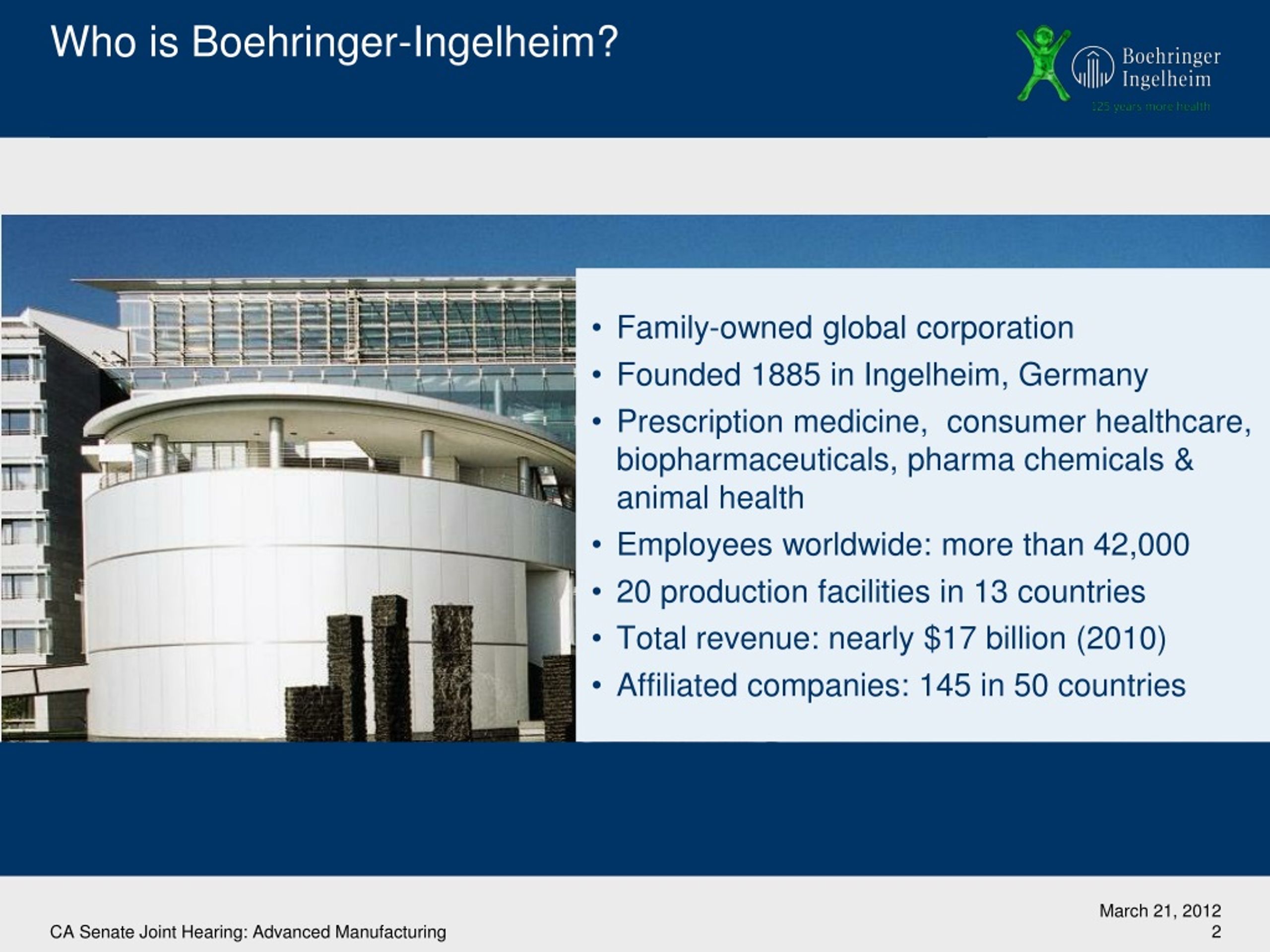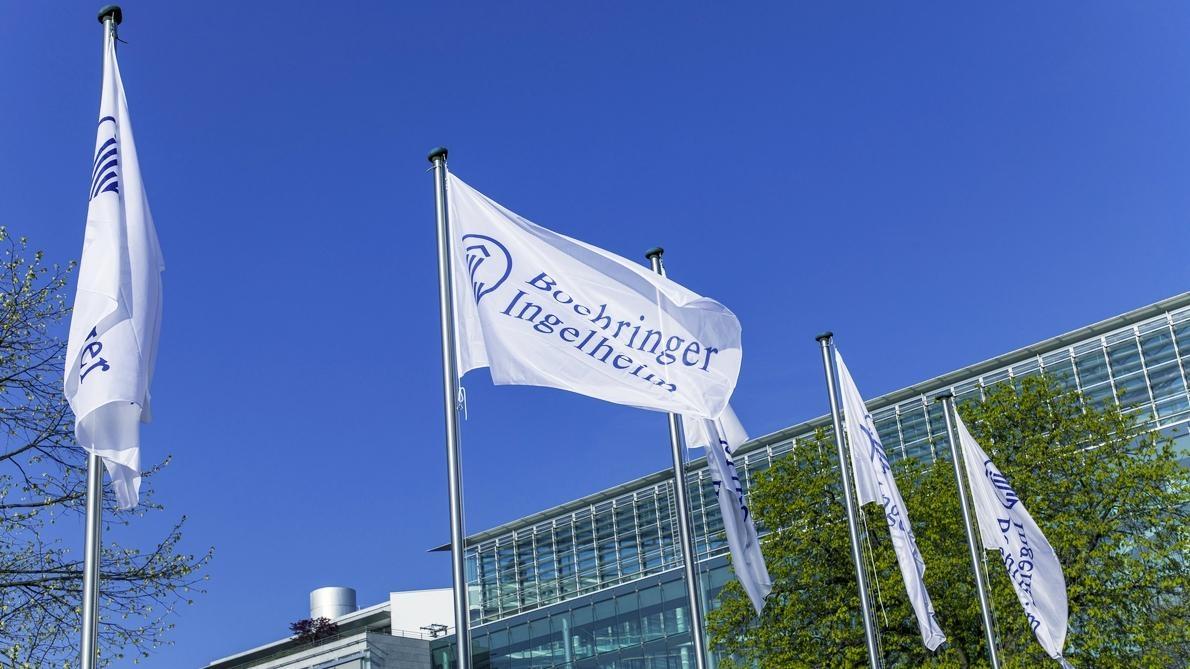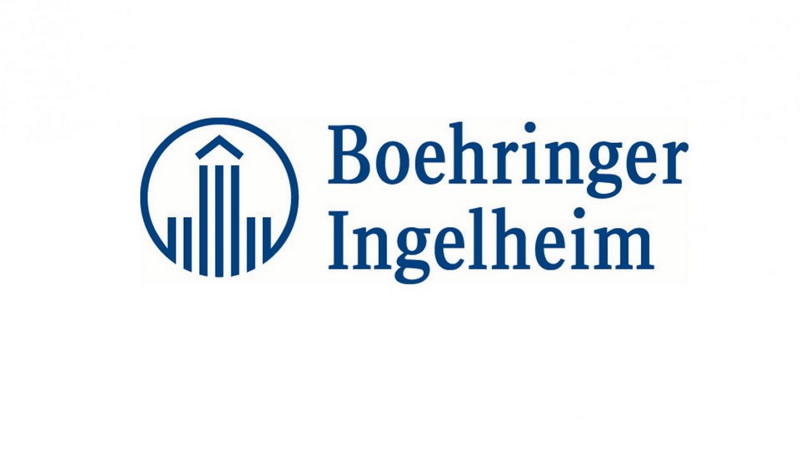Boehringer Ingelheim International Gmbh Swot Analysis
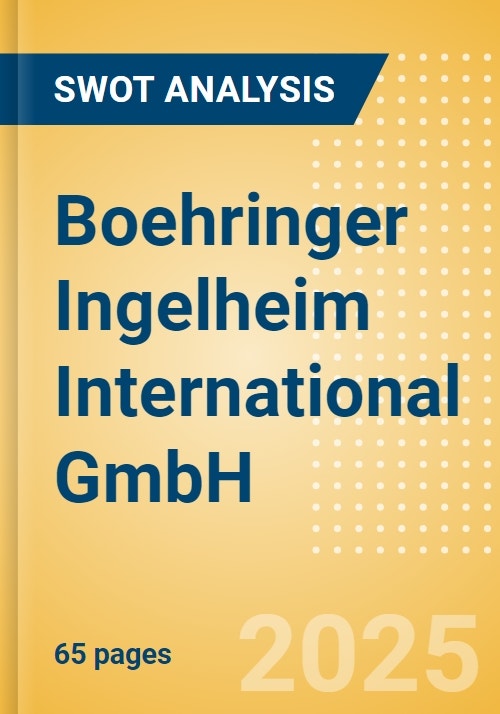
Boehringer Ingelheim, a global pharmaceutical giant, faces intensifying market pressures. A SWOT analysis reveals both formidable strengths and critical vulnerabilities demanding immediate strategic adjustments.
This analysis pinpoints Boehringer Ingelheim's internal advantages and disadvantages, as well as external opportunities and threats. Understanding these elements is crucial for stakeholders navigating the evolving pharmaceutical landscape. This report provides a concise overview.
Strengths
Boehringer Ingelheim boasts a strong R&D pipeline, a key competitive advantage. Its diversified product portfolio spans human pharmaceuticals, animal health, and biopharmaceutical contract manufacturing.
The company's established global presence provides significant market access. Additionally, Boehringer Ingelheim's financial stability allows for sustained investment in innovation and expansion.
Weaknesses
The company's reliance on a few key products creates vulnerability. Patent expirations on blockbuster drugs pose a significant challenge to revenue streams.
Boehringer Ingelheim can face potential risk from slow decision-making processes. This bureaucracy can hinder the ability to react swiftly to market changes.
Opportunities
The growing global demand for healthcare, particularly in emerging markets, presents a substantial opportunity. Expansion into biosimilars offers a pathway to offset revenue losses from patent expirations.
Boehringer Ingelheim can capitalize on increasing investment in personalized medicine. Strategic partnerships and acquisitions can broaden the company's therapeutic areas and technological capabilities.
Threats
Intense competition from generic drug manufacturers is a major threat. Stringent regulatory requirements and pricing pressures impact profitability.
Economic downturns can reduce healthcare spending, affecting Boehringer Ingelheim's revenues. Unforeseen events, such as pandemics, could disrupt supply chains and clinical trials.
Detailed Breakdown
R&D Prowess: Boehringer Ingelheim's commitment to research and development is evident in its pipeline of innovative drugs. The company invests heavily in identifying and developing new therapies.
Global Reach: With operations in numerous countries, Boehringer Ingelheim enjoys widespread market access. This global footprint facilitates distribution and sales of its products.
Financial Stability: Strong financial performance enables Boehringer Ingelheim to invest in strategic initiatives. This financial muscle supports growth and innovation efforts.
Product Concentration: Over-reliance on key products exposes the company to risk. Patent losses erode sales as generic version hit market.
Bureaucracy: Complex organizational structures can slow down decision-making. In a fast-paced industry, agility is essential.
Emerging Markets: The rising demand for healthcare in developing countries is a significant growth driver. These markets offer substantial revenue potential.
Biosimilars: The biosimilars market provides an opportunity to offset patent expirations. By developing biosimilar versions of existing drugs, Boehringer Ingelheim can generate new revenue streams.
Personalized Medicine: The shift towards personalized medicine requires investment in diagnostics and targeted therapies. Companies who adapt can benefit.
Generic Competition: The influx of generic drugs poses a constant challenge to branded pharmaceuticals. Boehringer Ingelheim must continuously innovate to maintain its competitive edge.
Regulatory Hurdles: Navigating complex regulatory pathways can be time-consuming and costly. Regulatory changes can significantly impact the approval and marketing of new drugs.
Pricing Pressures: Healthcare payers are increasingly demanding lower drug prices. This pricing pressure puts strain on pharmaceutical companies' profitability.
Economic Uncertainty: Economic downturns can reduce healthcare spending, affecting pharmaceutical sales. Boehringer Ingelheim needs to mitigate risk through diversification and efficient operations.
The recent SWOT analysis highlights critical areas for Boehringer Ingelheim to address urgently. Addressing these challenges is vital for sustained growth and competitiveness.
Next Steps: Boehringer Ingelheim must prioritize diversification of its product portfolio. Investments in cutting-edge technologies, like AI in drug discovery, are crucial for future success.
Monitoring market trends and adapting strategies proactively are essential for maintaining a competitive advantage. The company's response to these findings will determine its future trajectory in the dynamic pharmaceutical industry.
